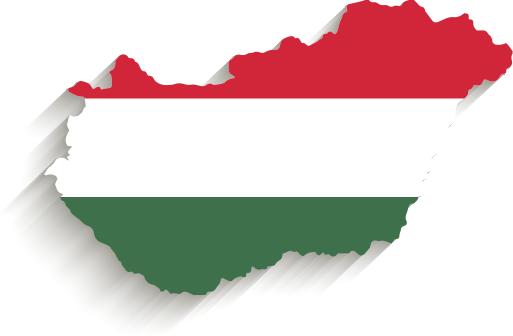(Grant Agreement n. 669194)
In 1969, following a proposal by academic József Bognár, the government established the Hungarian Scientific Council for World Economy. This body connected practical policymaking with expert circles and ordered new research projects on the external economic circumstances. In 1973, Bognár successfully founded a new academic research institute, the Institute for World Economy in the grounds of his former small research centre. His deputy, Mihály Simai, personally constituted a connection between the Institute for World Economy and higher education since he headed the World Economy Department of the Karl Marx University of Economics. Globally, Bognár was among the first researchers to recognise the dimensions of the 1973 oil crisis. As the title of his book suggested in 1976, the price explosion was just the beginning of a “Change of Era in the World Economy.” Tibor Palánkai at the University of Economics and Ferenc Kozma at the Secretariat of the Committee for International Economic Relations also contributed significantly to re-interpreting international economic relations, the mutual dependence of modern economies and the internal evolution of economic integration.
Generally, the background research institutes played a crucial role in the re-formulation of attitudes to the West. The Institute for World Economy of the Hungarian Academy of Sciences, the Economic Research Institute of the Central Statistical Office and the Institute for Economic and Market Research (KOPINT, in the Ministry of Foreign Trade) shaped thoughts on the international economy, while the Hungarian Institute for Foreign Affairs (the official background institute of the Foreign Ministry) re-fashioned the foreign policy mindset. The most important foreign economic issues were publicly discussed in the leading scientific journals. Közgazdasági Szemle (Review of Economics), the journal of the Institute of Economics of the Hungarian Academy of Sciences, accurately reported on the progress of EEC enlargement. Külgazdaság (Foreign Economy), the journal of the KOPINT, presented several Western examples of effective economic adjustment. In fact, in the second half of the 1970s, perceptions of the Western integration were somewhat positive among economists. The expansion of the internal mobility of European citizens, the development of declining areas and technological and structural adjustment were depicted as features of a successful adaptation through deepening integration. Külpolitika (Foreign Policy), the journal of the Institute for Foreign Affairs, in several articles discussed the relationship between the two European economic groupings (EEC and CMEA) and argued for pan-European economic cooperation.
Following the April 1977 party resolution on foreign economic policy, official attention was even more devoted to non-European markets. However, new research projects were also launched at the Institute for World Economy to explore the current situation of the core Western European economies. Between autumn 1977 and spring 1978, an ad hoc research group worked on investigating several different aspects of the EEC. In his concluding study, the institute’s principal investigator and leading researcher, András Inotai, warned that countries that had not yet established a contractual relationship with the EEC would be forced to act. Therefore, Inotai – and to a certain degree the expert community – argued for an agreement to be reached as soon as it was possible.
In the early 1980s, Hungary’s room for manoeuvre and re-evaluating Western relations were the most significant topics in these journals. Criticism of the ineffective CMEA cooperation escalated. The stagnation in Eastern trade, technological backwardness and a lack of sources were more outspokenly pictured. At the expert level, signs of dissatisfaction were observable. Think tank institutions – hand in hand with certain departments of the party’s Central Committee – drew up new plans to provide expanding opportunities for Hungarian exports. A prime example of these pathfinding attempts was a January 1983 draft proposal by the Institute for Foreign Affairs entitled The Eighties and Hungarian Foreign Policy. It assumed that during the 1980s Hungary would have a real chance to prepare a proper framework agreement with the EEC and could achieve accession to the EFTA.
Overall, the expert community had a prominent role in understanding the changes in the world economy, translating theoretical problems into political actions and pushing decision-makers towards a bolder foreign economy policy. However, as András Inotai noted in 2000, despite the suggestions by the Institute for World Economy, official institutional cooperation with the EEC remained a ‘red rag to a bull’ for the Hungarian leadership.
* This text summarises some of the research findings of PanEur1970s team member Pàl Germuska, which are published as a chapter in PanEur1970s’ academic edited book. For a link to the e-book, please see Hungary’s “Overview” webpage of this map.
